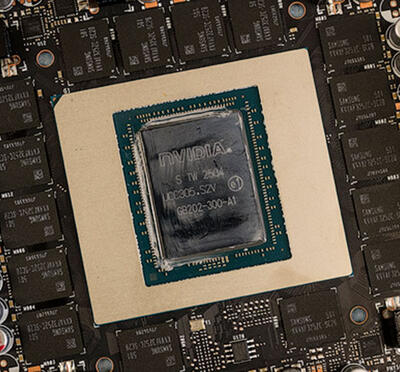There is powerful energy within Oregon State University’s semiconductor innovation program. The College of Engineering’s combination of top-tier faculty, talented students, and quality facilities, coupled with strong industry partners, and the accelerant of a true, interdisciplinary approach has created a technology hotbed where substantial advancements are taking place.
This alignment of strengths in engineering, science, and computation has supported over 2,000 engineering graduates per year, helped launch three active semiconductor centers, and given rise to the $200 million Jen-Hsun Huang and Lori Mills Huang Collaborative Innovation Complex that is set to open in 2025.
With all of this, it’s easy to see why the semiconductor research program is buzzing with such impressive energy. The opportunity for industry to plug in, advance research, and make connections with top faculty and students for workforce development is powerful. And with 15% of the U.S. semiconductor workforce centered right here in the Pacific Northwest, many of whom graduated from Oregon State, partnering with the Oregon State is a sure-fire way to stay competitive and meet workforce-diversification goals.


